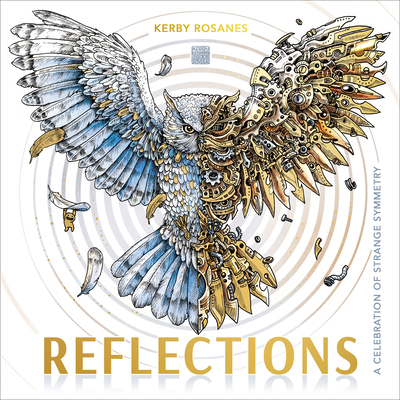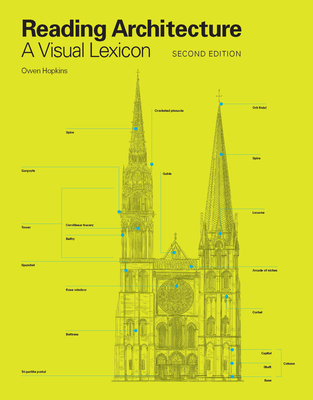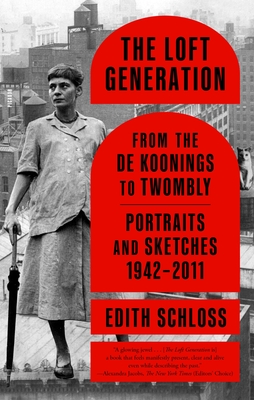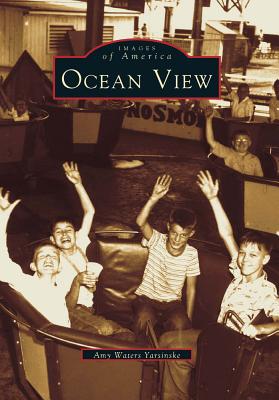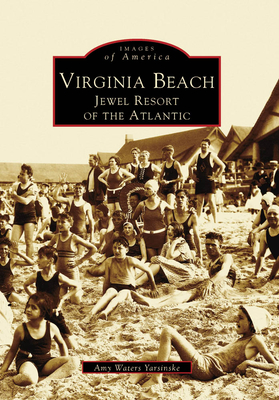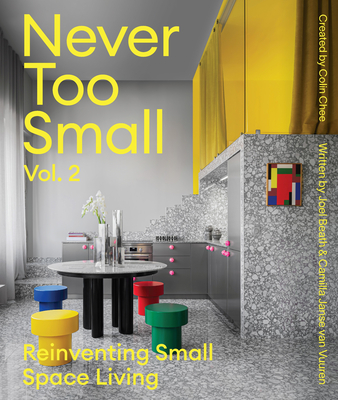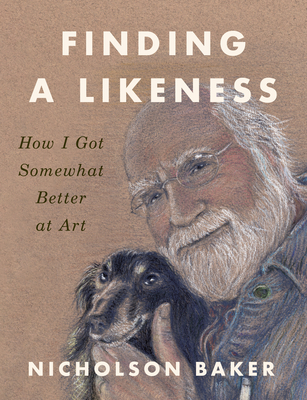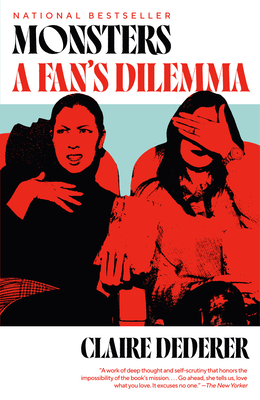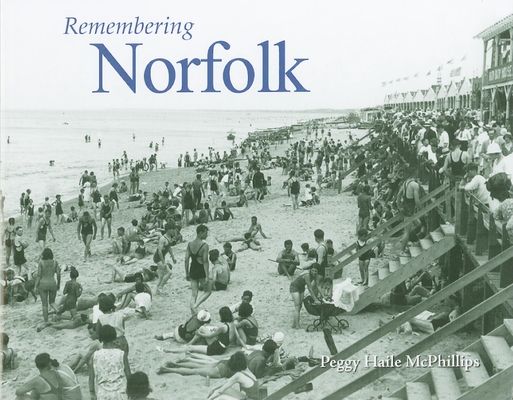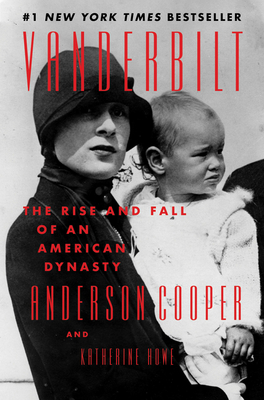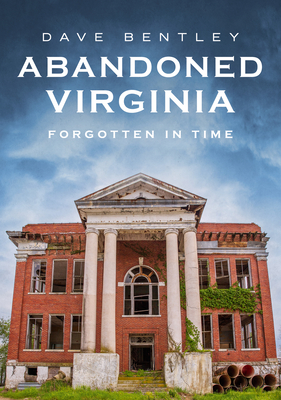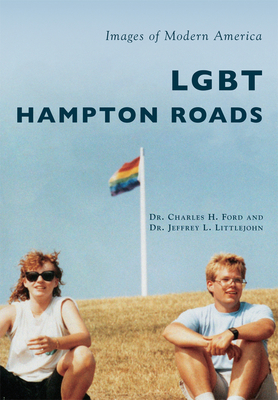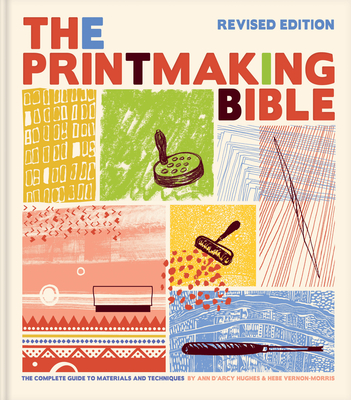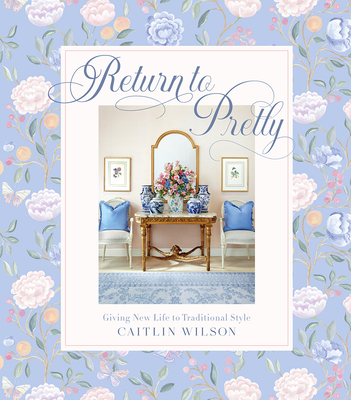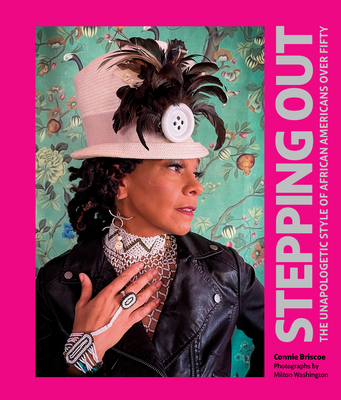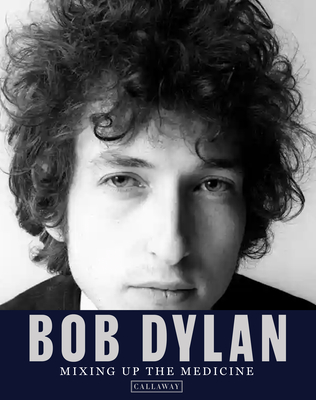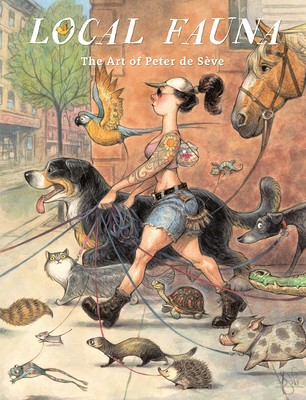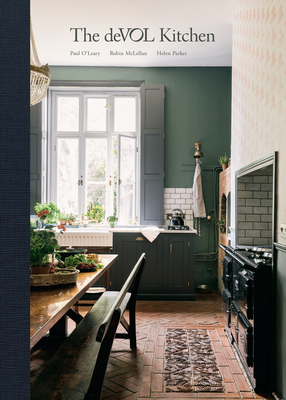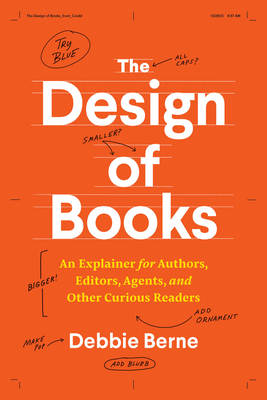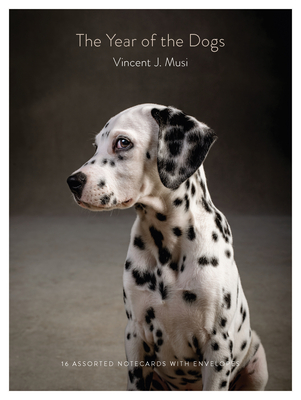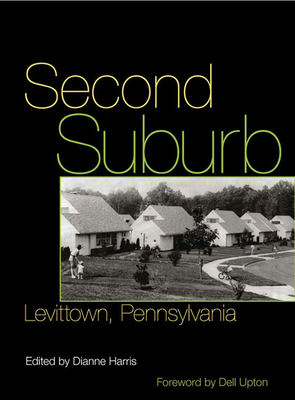
Second Suburb: Levittown, Pennsylvania (Culture Politics & the Built Environment)
Description
Carved from eight square miles of Bucks County farmland northeast of Philadelphia, Levittown, Pennsylvania, is a symbol of postwar suburbia and the fulfillment of the American dream. Begun in 1952, after the completion of an identically named community on Long Island, the second Levittown soon eclipsed its New York counterpart in scale and ambition, yet it continues to live in the shadow of its better-known sister and has received limited scholarly attention. Second Suburb uncovers the unique story of Levittown, Pennsylvania, and its significance to American social, architectural, environmental, and political history.
The volume offers a fascinating profile of this planned community in two parts. The first examines Levittown from the inside, including oral histories of residents recalling how Levittown shaped their lives. One such reminiscence is by Daisy Myers, whose family were the first African Americans to move to the community, only to become the targets of a race riot that would receive international publicity. The book also includes selections from the syndicated comic strip Zippy the Pinhead, in which Bill Griffith reflects on the angst-ridden trials of growing up in a Levittown, and an extensive photo essay of neighborhood homes, schools, churches, parks, and swimming pools, collected by Dianne Harris.
The second part of the book views Levittown from the outside. Contributors consider the community’s place in planning and architectural history and the Levitts’ strategies for the mass production of housing. Other chapters address the class stratification of neighborhood sections through price structuring; individual attempts to personalize a home’s form and space as a representation of class and identity; the builders’ focus on the kitchen as the centerpiece of the home and its greatest selling point; the community’s environmental and ecological legacy; racist and exclusionary sales policies; resident activism during the gas riots of 1979; and “America’s lost Eden."
Bringing together some of the top scholars in architectural history, American studies, and landscape studies, Second Suburb explores the surprisingly rich interplay of design, technology, and social response that marks the emergence and maturation of an exceptionally potent rendition of the American Dream.
Praise for Second Suburb: Levittown, Pennsylvania (Culture Politics & the Built Environment)
“Superb study . . . Dell Upton’s foreword, recounting his parents’ experiences in a Levitton-like development, is the perfect set-up, recounting some of the ‘idiosyncratic twistings and turnings [that] lie behind the received story of suburbanization and white flight’.”
—Pittsburgh Post-Gazette
“Levittown, we are told, was a ‘cruel parody’ of the American Dream, offering neither urban stimulation nor rural rejuvenation, and Levittown buyers too deluded or too unsophisticated to understand possibilities and the limitations of what they were sold. There was always evidence to belie that stereotype for those willing to see it, yet only recently have we begun to explore in depth the complexity of the Levittown phenomenon. In the essays, recollections, and interviews gathered here, we see a complex community in which visual sameness is nearly absent and political passivity, social isolation, and cultural philistinism are rare.”
—Dell Upton, University of California at Los Angeles
“Looking at Levittown from inside and out, this collection illuminates the suburban condition in all of its complexity. By assembling multiple voices to tell the rich, conflicted, and often surprising story of this archetypical American place, Dianne Harris has made a major contribution to the growing field of suburban history.”
—Margaret Crawford, University of California, Berkeley
“A model multidisciplinary study . . . The generous selection of images in each essay highlights the variety of print and material artifacts perceptively analyzed.”
—Choice
“Handsomely produced with an extensive number of photographs, floor plans, cartoons, and advertisements, ‘Second Suburb’ provides a solid, smart contribution to our understanding of postwar suburbs by viewing a single suburban community through multiple histosrical lenses.”
—Pennsylvania Magazine of History & Biography
“A revealing analysis of how such a community of strangers with varying backgrounds were able (or unable in some cases) to learn to live and play and shop and worship together at an important time in American history.”
—Pennsylvania magazine
“Rich and diverse . . . Harris has assembled a stellar group of scholars to explore various dimensions of Levittown’ s architecture, history, politics and culture. . . . Indispensable for readers commited to a more comprehehsive understanding of race in America.”
—Tikkun
“The multifaceted approach works remarkably well to underline the multiple experiences that make us this ‘second suburb’s’ history. The result is a deeper understanding of the ins and outs of Levittown, Pennsylvania, in which the multiplicity of voices come together to produce a valuable addition to the studies of locations that have proliferated in recent literature on suburban growth in the post-1945 era.”
—Technology and Culture

